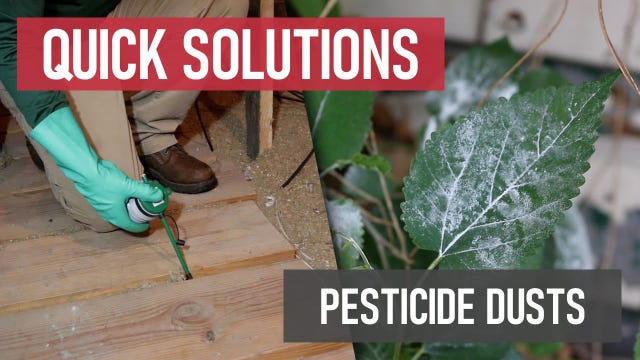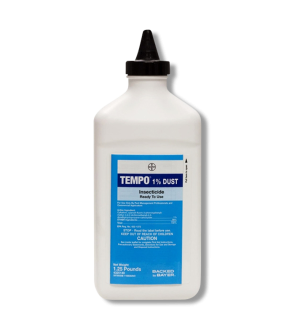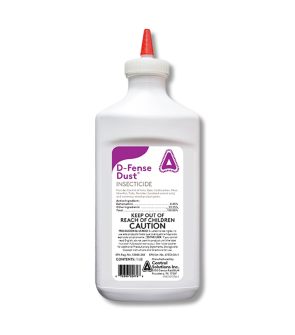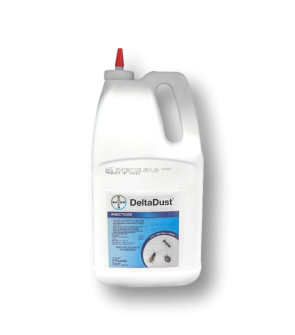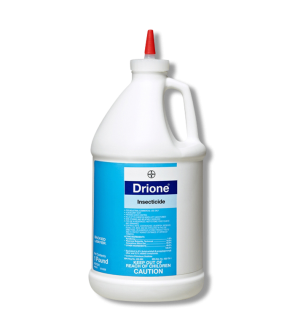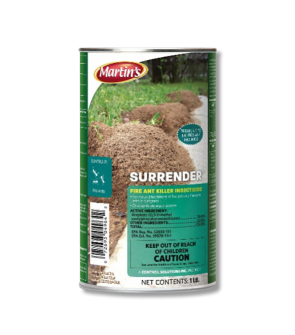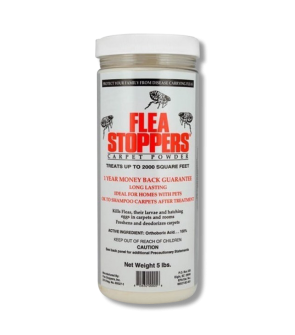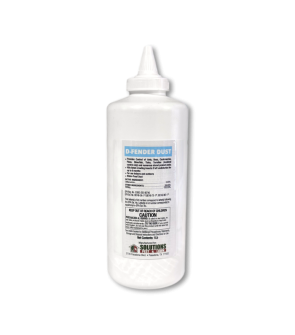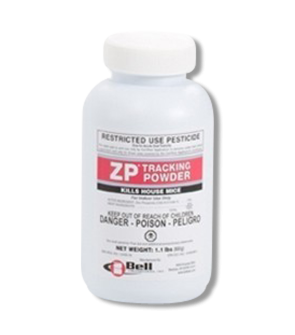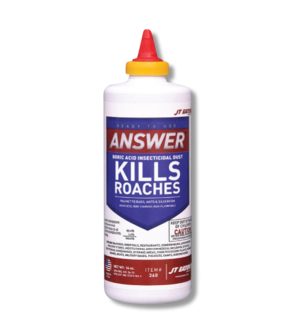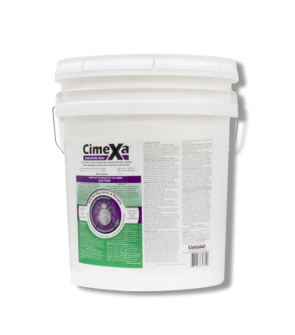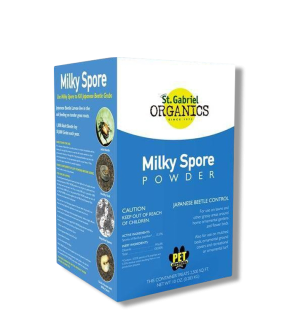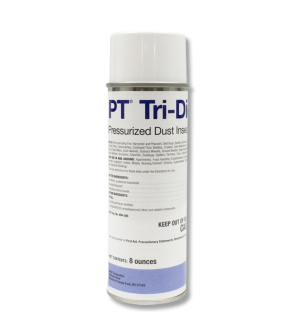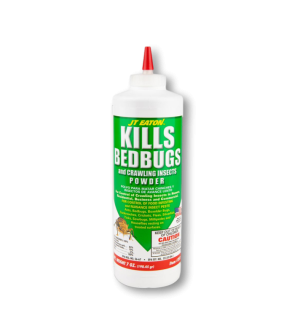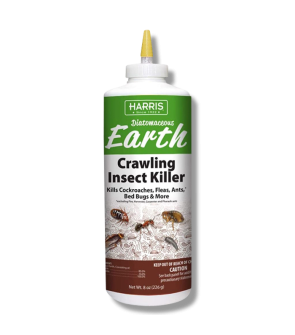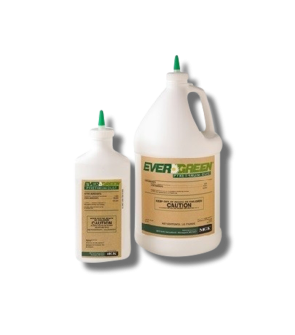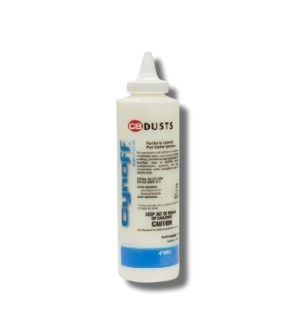Gain access to personalized product screening, the best pricing, rewards, and more!
Pesticide Dusts
Dusts are essential whether you are a pest control professional or a DIYer. Many problem pests respond to products delivered in dust form, and applicators often prefer them to the other formulations of pesticides you’ll find. Some common pests that are effectively controlled via insecticidal dust are roaches, fleas, bed bugs, and ants.
Insecticidal dust is very handy in many pest control treatment programs because it retains its insect-killing power over a much longer period of time and will continue controlling the pest population long after the initial application.
On this page, we will briefly teach you about pesticide dusts, how they work, and the numerous benefits they bring. You can also shop our top recommended insecticidal dusts here.
What is a Pesticide Dust?
Pesticide dust is a formulation that comes ready to use and usually consists of an active ingredient and an inert carrier that is very fine and dry. The active ingredient contained in insecticidal dust is usually a low percentage, usually 10% or less by weight. However, a few insecticidal dust formulations are concentrates and include a much more significant percentage of the active ingredient. Thus, these concentrates must be mixed and diluted down with the dry inert carriers before applying.
Common dry inert carriers include finely ground talc, clay, volcanic ash, nut hulls, and nutshell flour. The carrier dilutes the active ingredient, allowing the dust to be spread evenly over the treated surface.
According to most professional pest control experts, dusts are believed to be the most effective insecticide formulations for killing crawling insect pests. When applied into wall voids, dusts penetrate into hard-to-reach areas where German cockroaches hide. Because the active ingredient stays on the surface, crawling insects can easily pick up dust.
Not all dust kills insects the same way. While some kill insects by destroying the wax layer of the insect cuticle, causing treated insects to dehydrate, others affect the neurological system, ultimately leading to death.
Conditions for Using Pesticide Dusts
Dusts are always used dry. They are often used for seed treatments and in some other agricultural operations. Some ornamental and garden pest management products aimed at homeowners are dust formulations. In building structures, dust formulations are useful for treating cracks and crevices and spot treatments to control insect pests. Dusts are also a good tool to control lice, fleas, and other external parasites on pets and livestock.
Insecticidal dust, along with liquids and baits, should be a common tool in a comprehensive pest control program. Dust can reach places the other products can’t, like tight cracks, crevices, and wall voids. They also have a more prolonged residual effect and will keep killing for much longer.
The great thing about insecticidal dust is that there are many different options that are effective in killing pests. Some of these options are environmentally friendly and safe around pets and humans. These include silica gel and diatomaceous earth.
Benefits of Using Pesticide Dust

Insecticidal dusts are mostly ready to use, with no mixing required. They can be effective where moisture from a spray may cause damage, such as around electrical outlets and wiring. They also require simple equipment for application, such as a handheld or electronic duster, to allow for delivery in hard-to-reach indoor areas.
Studies have shown that dust can be used effectively over a wide range of moisture conditions. The research disproves the long-held belief that dust formulations are ineffective when applied to areas with high humidity.
Pesticide Dust Drawbacks
Like other formulations, dusts have some limitations. Dust may be unsightly on exposed surfaces, and if excessive amounts are applied, the deposit may be a repellent to insects. Care should be taken when filling dusting equipment and when applying dusts in enclosed areas. They are ineffective against most flying insects, such as mosquitoes and flies.
Other disadvantages include that insecticidal dusts tend to easily drift off the target during application. Dust residues often do not adhere to some types of surfaces compared to liquids (for instance, on foliage) as they may easily wash or get blown away.
Dusts may irritate the eyes, nose, throat, and skin during application and pose a high inhalation exposure risk. If the product is too damp or moist, it may clump or clog equipment. It can also be difficult to get an even distribution of the insecticidal dust particles during application.
Our Recommendations
D-Fender Dust—it is a new Deltamethrin Dust. Both D-Fender Dust and Delta Dust have 0.05% Deltamethrin as the active ingredient, and the dusting formulations are waterproof and won't clump. D-Fender Dust is a ready-to-use insecticide dust that gives an effective knockdown and residual control of up to 8 months if undisturbed. This product should be applied using a hand duster or power duster equipment. Find this in our 100% Guaranteed Bed Bug Kit.
Viper Insect Dust- it may be used for various uses. This garden dust may be dusted on vegetables, fruits, and flowers in gardens to kill listed insects such as leafminers, armyworms, cutworms and more types of garden pests.
Tools Needed
Most dust equipment has a top that serves as an applicator. However, the applicator tip is often not as effective as a handheld duster. For a more convenient application, we recommend using handheld or electrical dusters.
User Guide
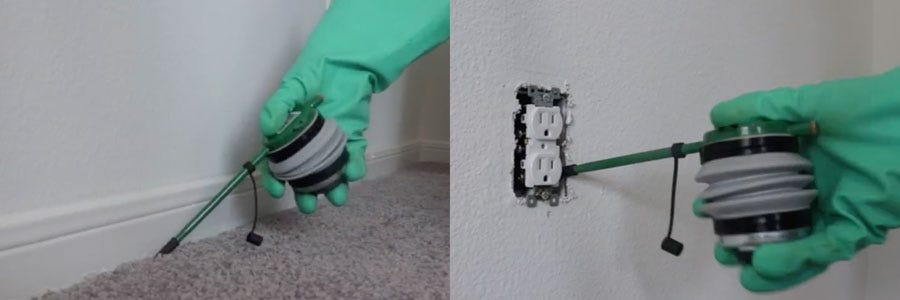
Step 1: Input Dust into the Handheld Duster
To use the handheld duster, pop or twist off the rubber top, fill the duster about halfway with your preferred dust, and secure the cap-back seal. Flip the duster over so the bulb is pointing down and the straw is above it.
Step 2: Begin Dusting
Take off the protective cover on the straw's tip and gently squeeze the bulb to start dusting. When dust is applied to cracks and crevices and on surfaces, gently squeeze the duster to ensure the application of fragile layers of dust. When dusting correctly, you should barely be able to see the dust emerging from the tip of the duster. Treat between carpet and baseboards, cracks and crevices, around plumbing, and in other hard-to-reach places until the area is thoroughly treated.
Key Takeaways
- Pesticide dust is a ready-to-use formulation that usually consists of an active ingredient and a dry inert carrier.
- Pesticide dusts are especially effective in killing crawling insect pests (bed bugs, roaches, fleas, etc.) that like to hide indoors in tight spaces and cracks and crevices that other pesticides can't reach for treatment.
- Dust should be used alongside liquid insecticides and baits because it can reach places other products can't and has a long residual.






